If you’re considering building a valley roof, it’s important to understand that this type of roof can be challenging to construct. However, with the right materials, tools, and techniques, you can successfully build a valley roof that will give your home a unique and aesthetically pleasing look.
In this blog post, we’ll go over the steps for how to build a valley roof and provide some tips to help you complete the job successfully.

Can You Build a Valley Roof?
Do you have a space in your backyard that you want to transform into a cozy outdoor living area? A valley roof might just be the perfect addition to your home. While it may seem daunting, with the help of a professional builder and a bit of creativity, you can easily create a beautiful valley roof that provides shade and shelter for your family and guests.
A valley roof can also add a touch of elegance to your home, making it the perfect location for outdoor dinner parties, barbecues, or even a peaceful retreat. With its striking architectural appeal and practical functionality, a valley roof is definitely worth considering as your next big home improvement project.
Why Should You Build a Valley Roof?
A valley roof may not be the first type of roofing that pops into your mind. However, it’s a design that offers great benefits for homeowners. Why should you build a valley roof? For starters, it’s a cost-effective solution as it requires fewer materials than other roofing structures. Not only does it save you money upfront, but it’s also energy-efficient.
A valley roof helps with ventilation, reducing heat buildup during summer and improving insulation in colder seasons. This can reduce your energy bills, allowing you to put your hard-earned money towards other things. Additionally, a valley roof has a unique aesthetic that can boost your home’s curb appeal. So, the next time you contemplate different roofing options, don’t overlook the benefits of a valley roof.
7 Steps to Follow on How to Build a Valley Roof
Step 1: Plan the Design
Before you begin construction, you’ll need to plan the design of your roof. Consider your home’s overall style and the roof’s intended use. Next, calculate the roof pitch and determine the length of the valley. A valley is a V-shaped intersection where two sloping roof planes meet. Using a chalk line, mark the center of the valley. This will help you install the valley flashing.
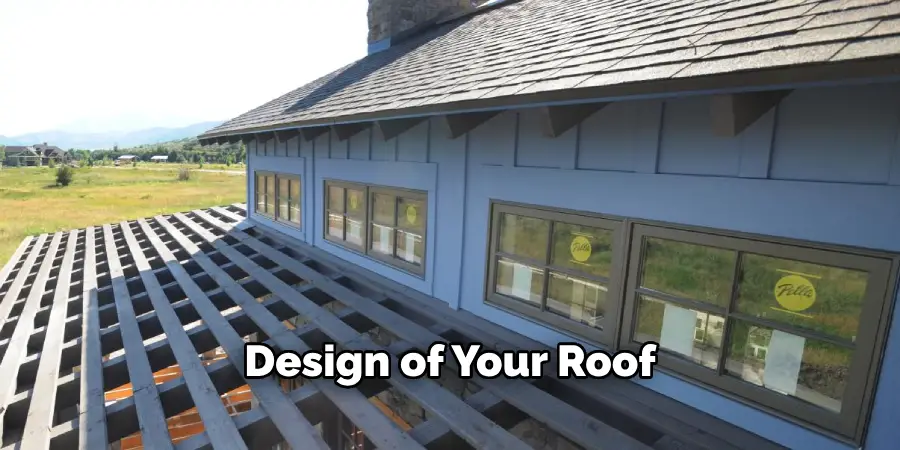
Step 2: Install the Valley Flashing
Valley flashing is a type of metal flashing used to waterproof the intersection between the two sloping roof planes. It is important to install the valley flashing properly to prevent water from penetrating the roof. Start by installing the base sheet of valley flashing, typically made from a heavy-duty plastic or rubber membrane.
Cut the material to size and install it along the valley’s center, using roofing nails or adhesive. Be sure to overlap the flashing on the adjoining roof planes to ensure a watertight seal.
Step 3: Install the Roofing Material
Once the flashing is installed, you can begin installing the roofing material. Before you start, ensure that you have the right type of shingles for your roof’s pitch. Different types of shingles are available, including asphalt, wood, metal, and slate.
Begin by installing the first row of shingles on both sides of the valley. Be sure to cut the shingles properly to ensure a good fit. As you move up the roof, overlap each row of shingles to create a watertight seal.
Step 4: Install the Ridge Cap
The ridge cap is the final piece of the puzzle for constructing a valley roof. It is installed along the ridge line, where the two sloping roof planes meet. The ridge cap protects the ridge line and provides a finished look to your roof. Before installing the ridge cap, install a ridge vent if necessary to ensure proper ventilation. Once the vent is installed, trim the ridge cap to size and attach it to the roof with roofing nails.
Step 5: Inspect the Roof
After completing your valley roof, take the time to inspect it for any potential issues. Look for signs of damage or wear, such as missing or cracked shingles or loose flashing. Repair any issues promptly to avoid further damage to your roof. Hiring a professional roofing contractor to perform a thorough inspection and make any necessary repairs may also be helpful.
Step 6: Maintain the Roof
Proper maintenance is crucial for extending the lifespan of your valley roof. Regularly clean off debris from the roof surface, such as leaves or branches, to prevent moisture buildup. Trim any nearby trees or shrubs that may cause damage to the roof. It’s also important to regularly check and repair damaged shingles or flashing.
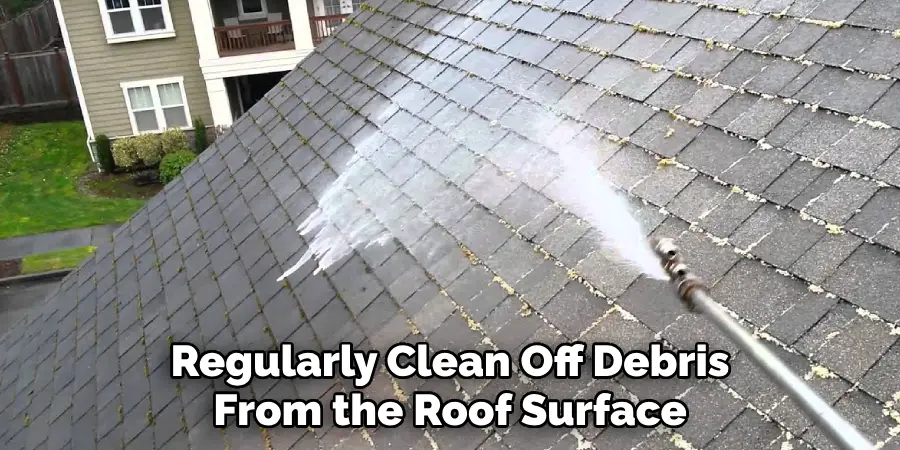
Step 7: Consider Professional Installation
While building a valley roof can be done by a skilled DIYer, it is a complex project that requires knowledge and experience. If you are not confident in your abilities, it may be best to hire a professional roofing contractor to ensure the job is done correctly and to avoid any potential issues or mistakes. A well-built valley roof can greatly enhance your home’s overall appearance and value, so it’s worth investing in professional installation if needed.
That’s it! You’ve now learned the basic steps on how to build a valley roof. Remember to always plan and prepare carefully, use proper materials and techniques, and regularly maintain your roof to ensure its longevity. With these tips in mind, you’ll be able to successfully construct a beautiful and functional valley roof for your home.
5 Considerations Things When You Need to Build a Valley Roof
1. Material Selection
When building a valley roof, one of the most important considerations is material selection. Different materials have different pros and cons that should be considered when making your decision.
Asphalt shingles, metal, wood shakes, and slate tiles are commonly used for valley roofs. It’s important to consider factors such as cost, durability, maintenance requirements, and energy efficiency when choosing a material for your valley roof.
2. Pitch
The pitch of your valley roof is also an important factor to consider when building it. The pitch of a roof is the angle at which it slopes away from the house. A steeper pitch will allow rainwater to run off more quickly and reduce the chances of water pooling in the valleys. However, it’s important to ensure that the pitch isn’t too steep, or else it could cause issues with drainage and structural integrity.
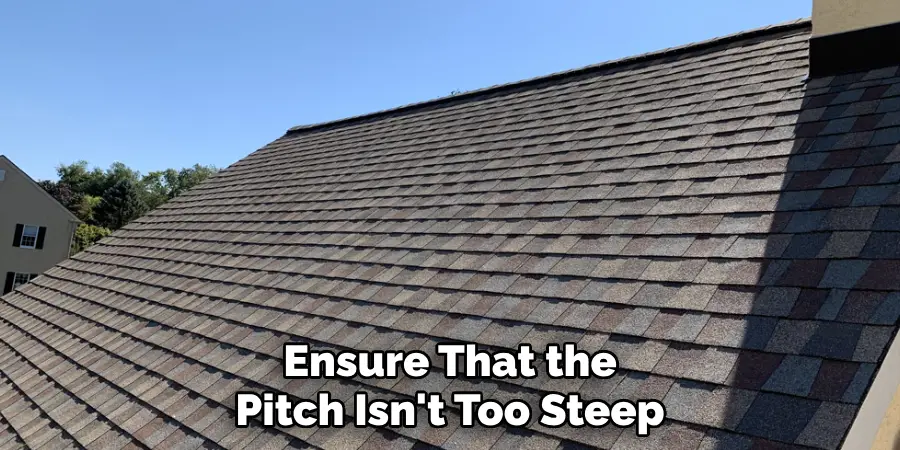
3. Ventilation
Proper ventilation is essential for any type of roof, particularly when building a valley roof due to its complex construction and multiple valleys where water can accumulate if not properly vented.
Adequate ventilation helps to prevent moisture buildup in your attic space, which can lead to mold growth or damage to your home’s structure over time. Be sure to install adequate vents along the ridge line and soffit vents along the eaves to provide proper airflow throughout your attic space.
4. Flashing
Flashing plays an essential role in keeping water out of your home when building a valley roof since there are multiple points where two roof planes intersect each other creating valleys where water can easily collect if not properly sealed with flashing tape or metal flashing strips.
Be sure to use high-quality materials designed specifically for use on roofs, and ensure they are installed correctly to provide maximum protection against leaks and water damage over time.
5. Insulation
Insulation is another key factor to consider when building a valley roof since it helps keep heat from escaping through your attic space during winter and prevents heat from entering during summer, which can help reduce cooling costs significantly over time.
Make sure you choose an insulation material that is designed specifically for roofs, such as spray foam or rigid foam board insulation, since these materials will provide better protection against air leaks than traditional fiberglass insulation products do.
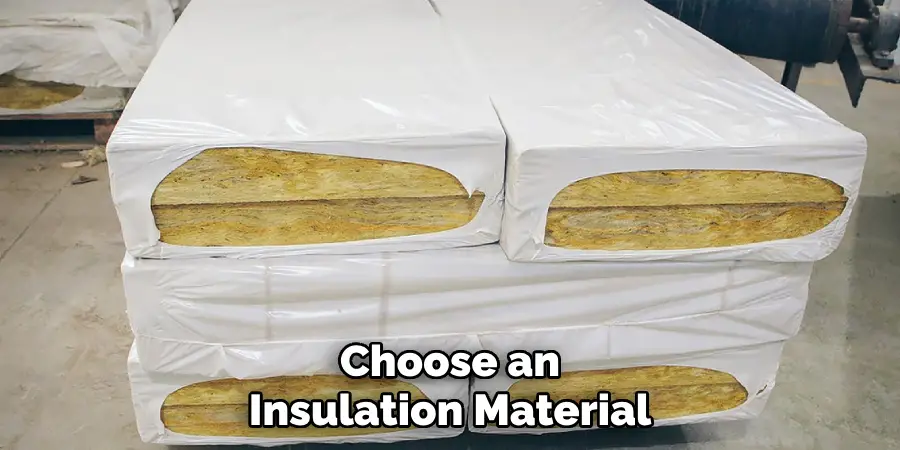
4 Common Mistakes People Make When Trying to Build a Valley Roof
1. Not Consulting an Expert
Building a valley roof can be complicated, and it is important to consult an expert before beginning the project. An experienced contractor or roofer can advise on the best materials and techniques to use when constructing the roof. They can also help to identify any potential issues that may arise during construction.
Additionally, they can provide valuable insight into how long the project will take and what type of maintenance may be needed once it is completed.
2. Not Allowing for Proper Ventilation
Valleys are prone to moisture buildup, so it is important to ensure adequate ventilation to prevent mold growth. Without proper ventilation, condensation can form on the underside of the roof, leading to water damage and other problems. It is recommended that at least two vents per valley be installed to allow airflow and reduce moisture buildup.
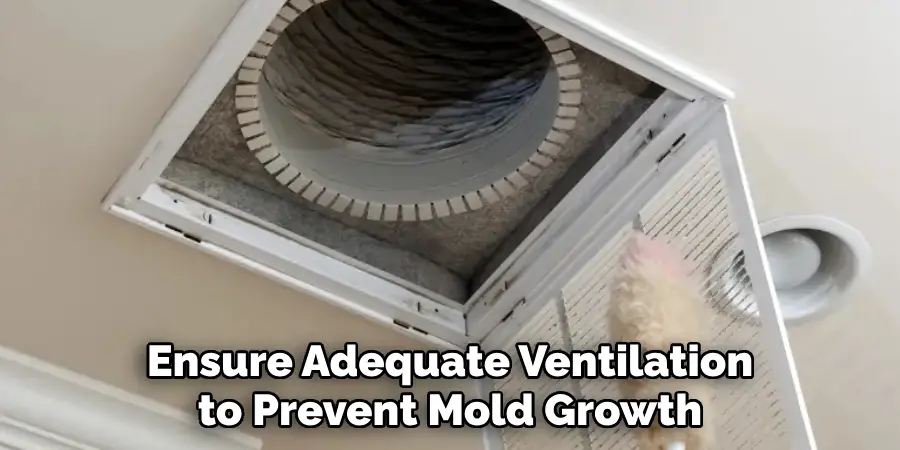
3. Not Using Durable Materials
When constructing a valley roof, it is important to use durable materials that are designed for this type of application. Asphalt shingles and metal panels are two popular options for valley roofs as they are both designed to withstand extreme weather conditions such as heavy rain or snowfall. Using materials that are not specifically designed for valley roofs could result in premature wear and tear or even structural failure over time.
4. Not Inspecting After Construction
Once construction has been completed, it is important to inspect the valley roof for any potential issues or damage before using it. This includes checking for signs of leaks or missing shingles, as well as ensuring that all components have been properly sealed and secured in place. If any issues are identified during the inspection process, they should be addressed immediately in order to prevent further damage from occurring down the line.
Conclusion
Building a valley roof requires careful planning and attention to detail. It is important to choose the right materials and follow the proper installation techniques to ensure a long-lasting and waterproof roof. By following the steps outlined in this blog post, you can successfully build a valley roof that will not only protect your home but also add to its overall aesthetic appeal. Thanks for reading our post about how to build a valley roof.
